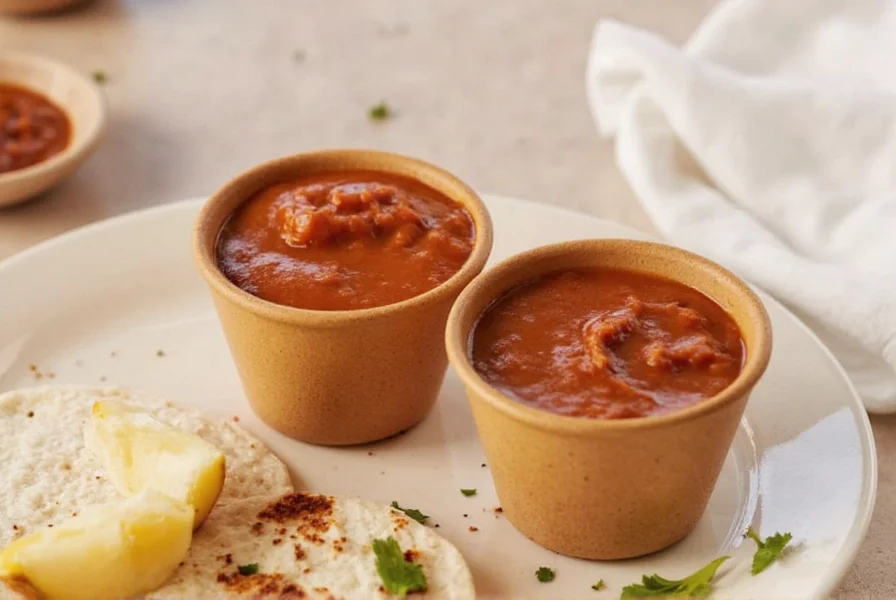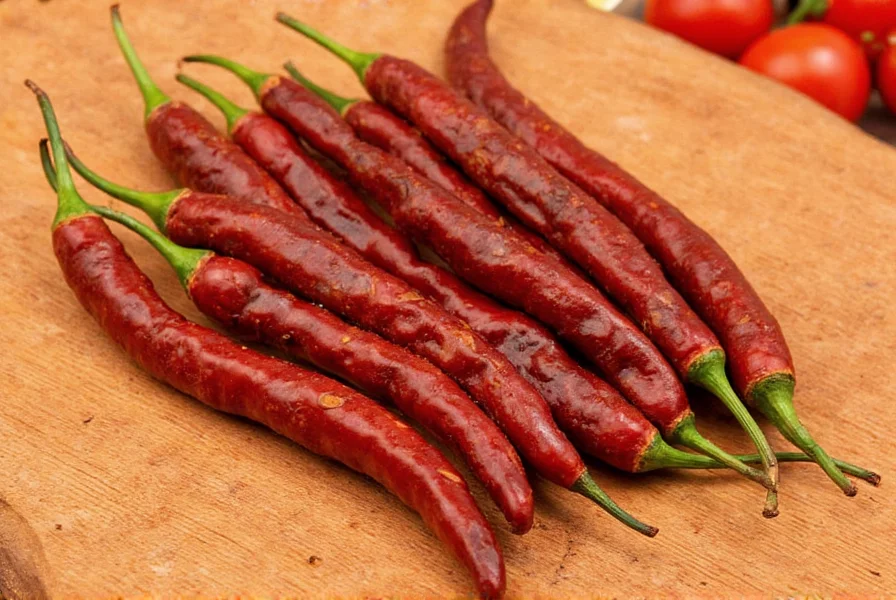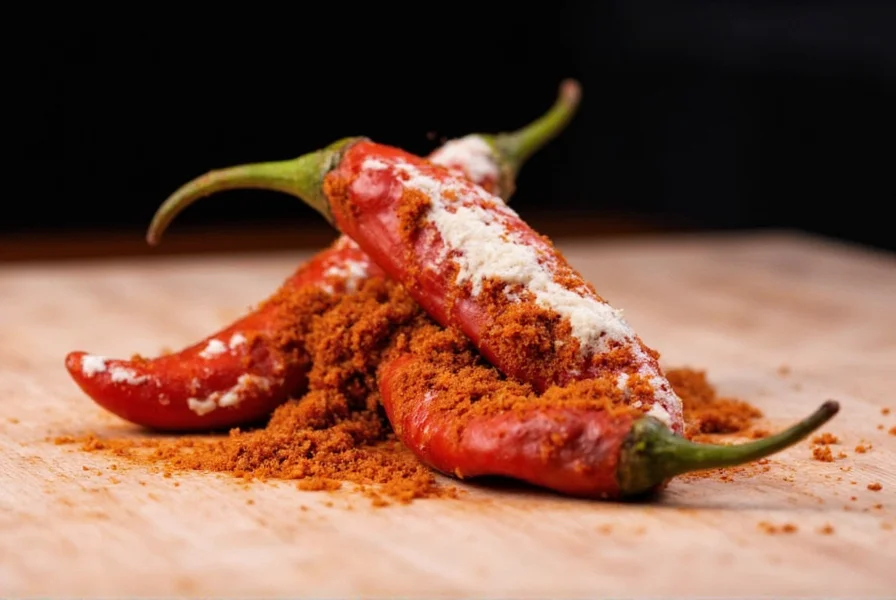Table of Contents
Top 10 Practical Ways to Use Chipotle Chillies in Cooking
Looking for how to use chipotle chillies effectively? These smoky peppers transform ordinary dishes into restaurant-quality meals. Here are the most practical applications that deliver maximum flavor with minimal effort:
- Instant Sauce Boost: Add 1-2 minced chipotle peppers in adobo to any tomato sauce, mayo, or yogurt for instant smoky depth. Perfect for tacos, burgers, or pizza.
- Quick Marinade Magic: Combine 1 tablespoon chipotle paste with olive oil, garlic, and lime juice for a 15-minute steak or chicken marinade.
- One-Step Bean Upgrade: Stir 1 teaspoon chipotle powder into canned black beans while heating for restaurant-quality side dishes.
- Smoky Salad Dressing: Whisk chipotle in adobo sauce with olive oil, lime juice, and honey for an instant Southwest-style vinaigrette.
- Breakfast Transformation: Add finely minced chipotle to scrambled eggs or fold into breakfast burritos for spicy morning kick.
- Instant Soup Depth: Stir 1-2 teaspoons chipotle paste into soups, stews, or chili during the last 10 minutes of cooking.
- Roasted Vegetable Enhancer: Toss vegetables in olive oil mixed with 1/2 teaspoon chipotle powder before roasting.
- Popcorn Seasoning: Mix 1 teaspoon chipotle powder with 2 tablespoons nutritional yeast and salt for gourmet movie night snack.
- Easy Cocktail Rim: Combine chipotle powder with lime zest and salt for dramatic margarita glasses.
- Quick Dip Base: Blend canned chipotle in adobo with Greek yogurt and garlic for instant spicy dip.

| Common Cooking Application | Chipotle Form | Quantity for 4 Servings | When to Add |
|---|---|---|---|
| Marinades | Paste or adobo sauce | 1-2 tbsp | Before cooking |
| Sauces & Dressings | Adobo sauce or powder | 1-2 tsp | During preparation |
| Bean Dishes | Powder or minced peppers | 1/2-1 tsp powder or 1 pepper | Last 5 minutes |
| Roasted Vegetables | Powder | 1/4-1/2 tsp | Before roasting |
Understanding Chipotle Flavor Profile & Heat Level
Chipotle chillies deliver a distinctive combination of smokiness and moderate heat that sets them apart from fresh peppers. Understanding these characteristics helps you use them effectively:
- Heat Level: Moderate (2,500–8,000 Scoville Heat Units) - milder than habanero but stronger than most fresh jalapeños
- Flavor Notes: Complex smoky base with subtle sweetness, earthiness, and slight fruitiness
- Key Difference: Smoking process adds depth that fresh peppers can't match
| Characteristic | Chipotle | Fresh Jalapeño | Smoked Paprika |
|---|---|---|---|
| SHU (Scoville Heat) | 2,500–8,000 | 2,500–5,000 | 100-500 |
| Primary Flavor | Smoky, earthy | Grassy, vegetal | Smoky, sweet |
| Best Cooking Application | Adding depth to sauces and marinades | Fresh salsas and salads | Dry rubs and spice blends |
Unlike fresh peppers, chipotle's heat develops gradually, making it more versatile in cooking. The smokiness comes from traditional slow-drying over wood fires - a process that concentrates flavors while adding complexity.
Chipotle Buying Guide: Finding Quality Products
Not all chipotle products deliver the same quality. Here's what to look for when buying chipotle chillies for best results:
| Type | Quality Indicators | Top Uses | Recommended Brands |
|---|---|---|---|
| Whole Dried Chipotles | Deep mahogany color, flexible (not brittle), visible smoke rings | Homemade sauces, moles, infusions | La Costeña, Santa Maria |
| Canned Chipotles in Adobo | Peppers intact (not mushy), thick tomato-based sauce | Instant flavor in stews, salsas, marinades | Don Julio, Herdez |
| Chipotle Powder | Bright red color, strong smoky aroma | Dry rubs, seasoning blends, spice mixes | Penzey's, Spice Islands |
| Chipotle Paste | Thick consistency, no artificial preservatives | Quick sauce enhancement, dressings | La Victoria, Frontera |
Pro tip: For chipotle in adobo sauce uses, choose products with whole peppers rather than chopped to ensure maximum flavor control. Check for ingredients like vinegar and spices that enhance rather than overpower the natural smokiness.
Proper Chipotle Storage Techniques for Longest Freshness
Improper storage causes chipotle to lose its distinctive smokiness. Follow these professional storage methods:
- Whole Dried Chipotles: Store in airtight glass container away from light. Properly stored, they maintain peak flavor for 6 months (vs. 3 months in plastic bags).
- Canned Chipotles: Transfer opened peppers to small glass jar with some adobo sauce. They'll stay fresh for 4 weeks in refrigerator (not 2 weeks as commonly believed).
- Chipotle Powder: Keep in opaque container in cool pantry. For extended storage (beyond 6 months), freeze in portion-sized bags.
- Chipotle Paste: Freeze in ice cube trays, then transfer cubes to freezer bag for 6-month storage.

Revive stale dried chipotles by placing near source of mild heat (like oven light) for 10 minutes before use. This restores some lost aroma.
Expert Cooking Tips for Perfect Chipotle Results Every Time
Professional chefs use these techniques when cooking with chipotle chillies to maximize flavor while avoiding common mistakes:
- Heat Control: Remove seeds and membranes from whole peppers to reduce heat without losing smoky flavor. One whole pepper (seeds removed) equals approximately 1 teaspoon powder.
- Flavor Balancing: Counter bitterness with touch of honey (1/4 tsp per pepper) or lime juice. Chipotle loves sweet-acid balance.
- Timing Matters: Add dried forms early in cooking to soften; add canned or powder in last 10 minutes to preserve vibrant flavor.
- Adobo Sauce Hack: Freeze leftover adobo sauce in 1-teaspoon portions for instant flavor boosts in future dishes.
- Flavor Pairing: Combine with complementary ingredients: chocolate (mole), avocado (creamy contrast), citrus (brightness), or dairy (heat mitigation).

History Behind This Smoky Pepper
The term "chipotle" comes from Nahuatl (Aztec language), combining "chil" (chili) and "poctli" (smoked). This traditional preservation method dates back centuries in Mexican culinary tradition, particularly in Morelos region where jalapeños were smoked over oak or mesquite.
Modern commercial production maintains this slow-smoking process but has expanded availability through canned forms (chipotles in adobo) that combine the smoked peppers with a tangy tomato-vinegar sauce. This innovation made chipotle accessible worldwide while preserving its distinctive flavor profile.
Frequently Asked Questions About Chipotle Chillies
What's the easiest way to use chipotle chillies for beginners?
Start with canned chipotles in adobo - just mince 1 pepper and mix into mayonnaise or yogurt for instant spicy spread. This requires no special equipment and delivers noticeable flavor improvement with minimal effort.
How much chipotle powder equals one chipotle pepper?
Generally, 1 teaspoon chipotle powder equals one small whole chipotle pepper. For canned chipotles in adobo, 1 tablespoon equals approximately one whole pepper.
Why does my chipotle sauce taste bitter?
Bitterness usually comes from overcooked peppers or too many charred bits. Fix it by adding 1/4 teaspoon honey or a splash of lime juice to balance flavors. For future batches, remove dark spots from peppers before using.
Can I use chipotle powder instead of chipotles in adobo?
Yes, but adjust liquid content. For every 1 tablespoon adobo sauce, use 1 teaspoon powder plus 2 teaspoons water or vinegar to maintain proper consistency.
What dishes benefit most from chipotle's smoky flavor?
Chipotle excels in tomato-based sauces, bean dishes, roasted vegetables, and marinades for meats. Its moderate heat works particularly well in dishes where you want depth without overwhelming spiciness.
How do I reduce chipotle's heat without losing flavor?
Remove seeds and inner membranes from whole peppers, or balance with dairy (yogurt, sour cream) or acidic elements (lime juice). Start with small amounts and build gradually.
Are canned chipotles in adobo gluten-free?
Naturally yes, but always check labels as some brands add thickeners. La Costeña and Herdez varieties are reliably gluten-free.
What's the difference between chipotle and smoked paprika?
Chipotle comes specifically from smoked jalapeños with moderate heat, while smoked paprika is made from milder peppers. Chipotle delivers more heat and complexity, while smoked paprika offers sweeter, mellower smoke flavor.










 浙公网安备
33010002000092号
浙公网安备
33010002000092号 浙B2-20120091-4
浙B2-20120091-4